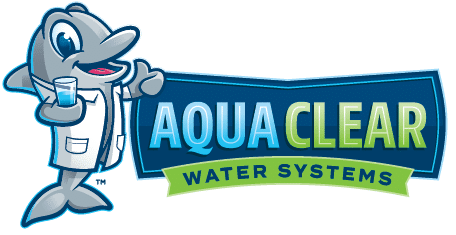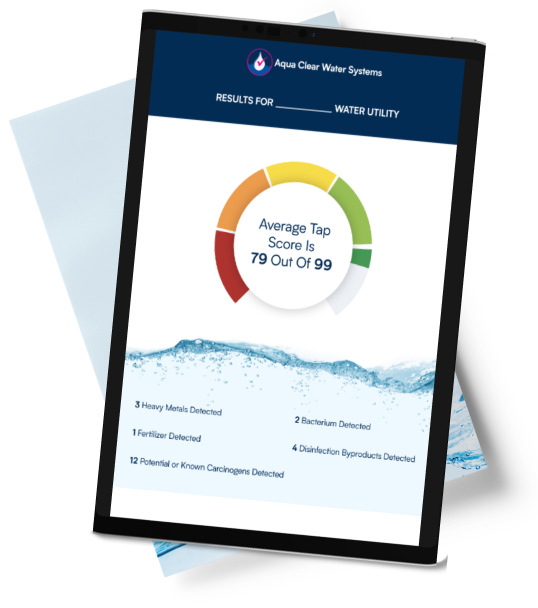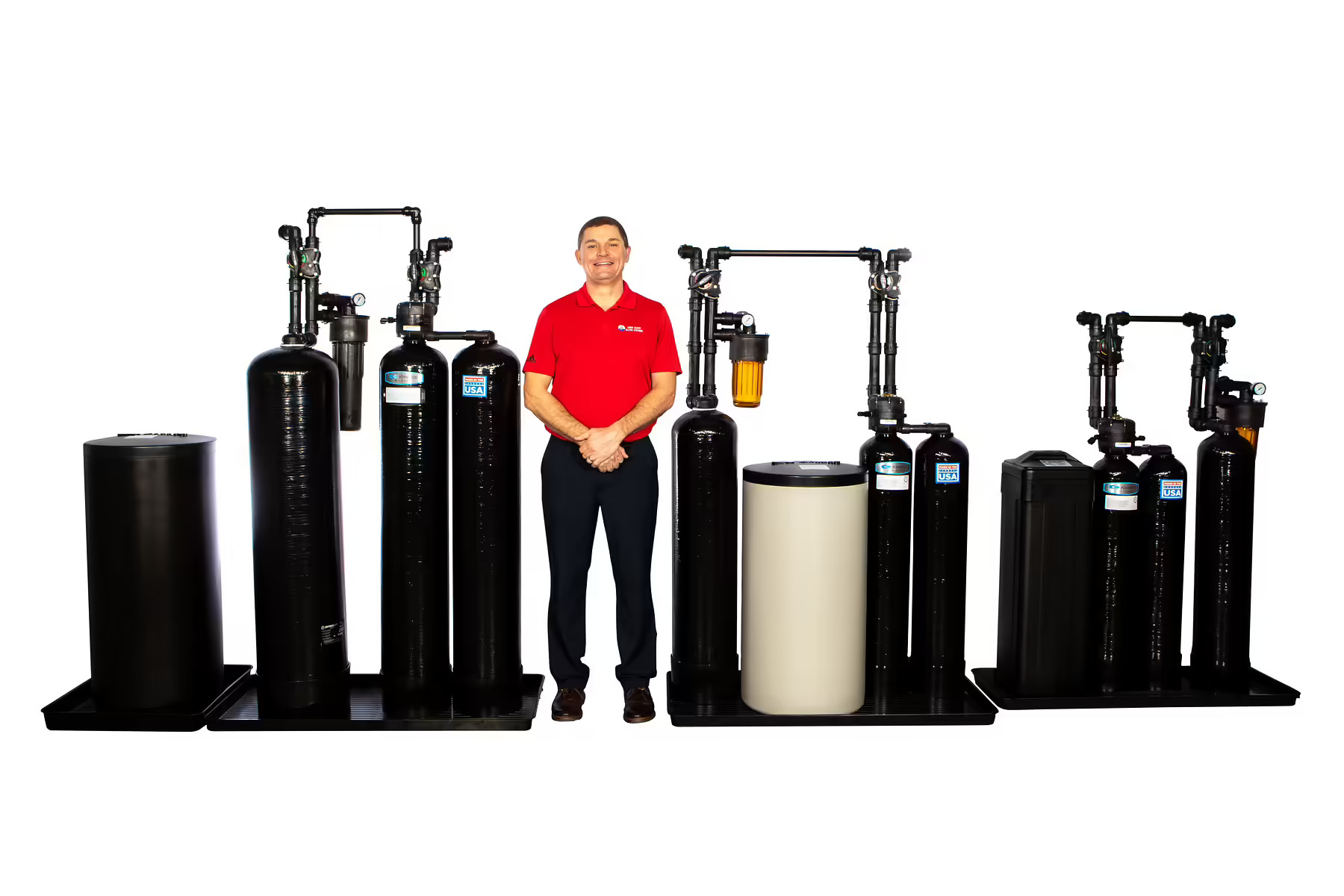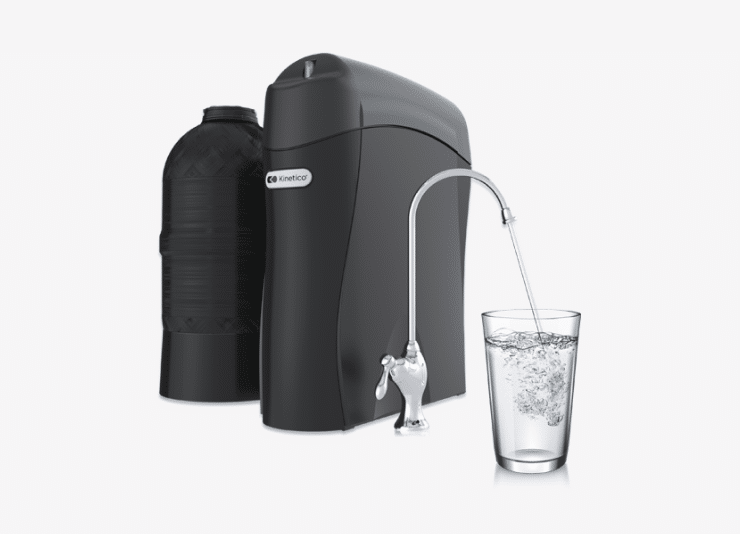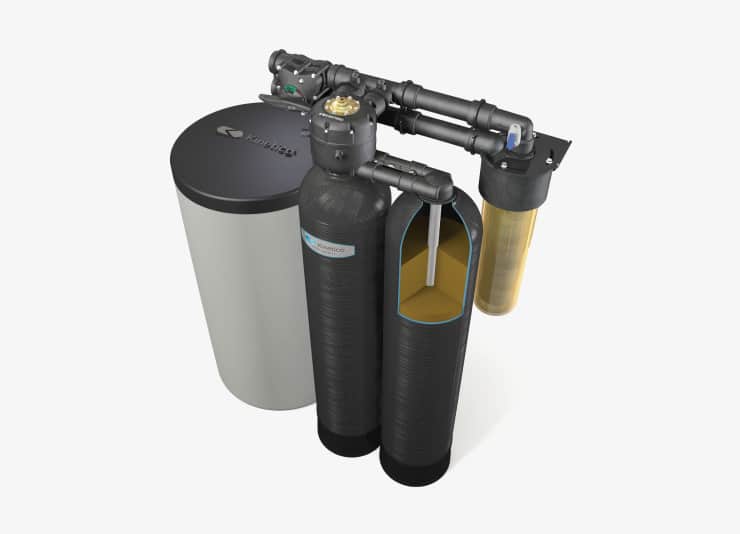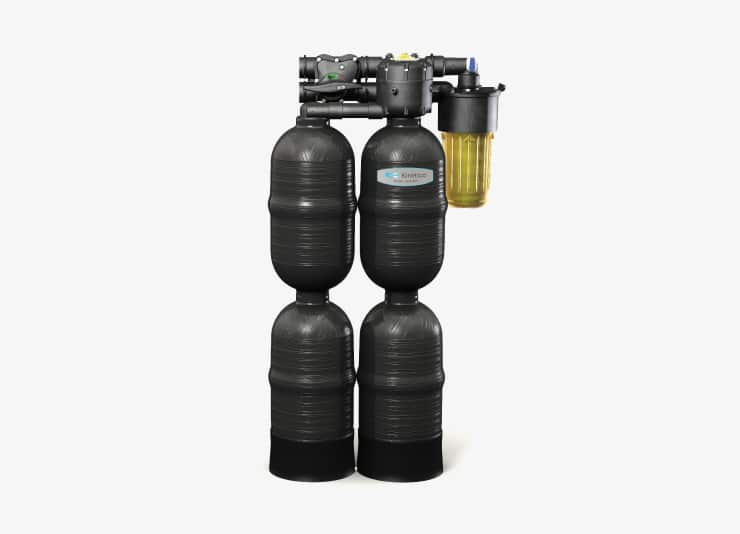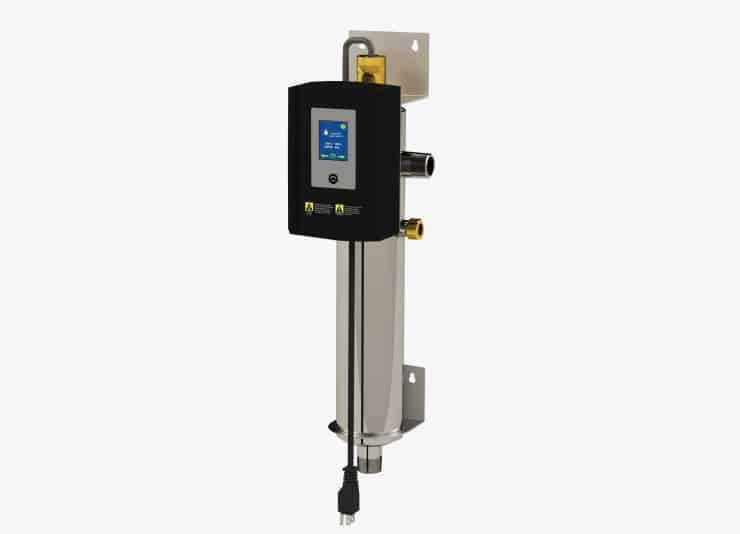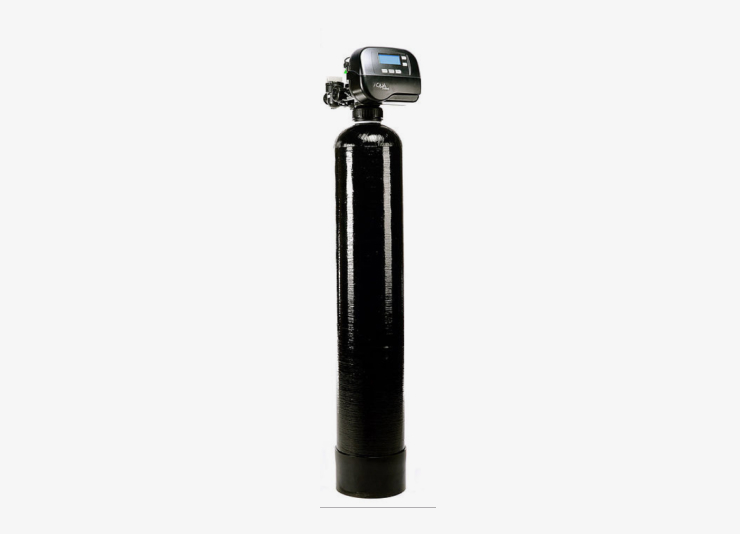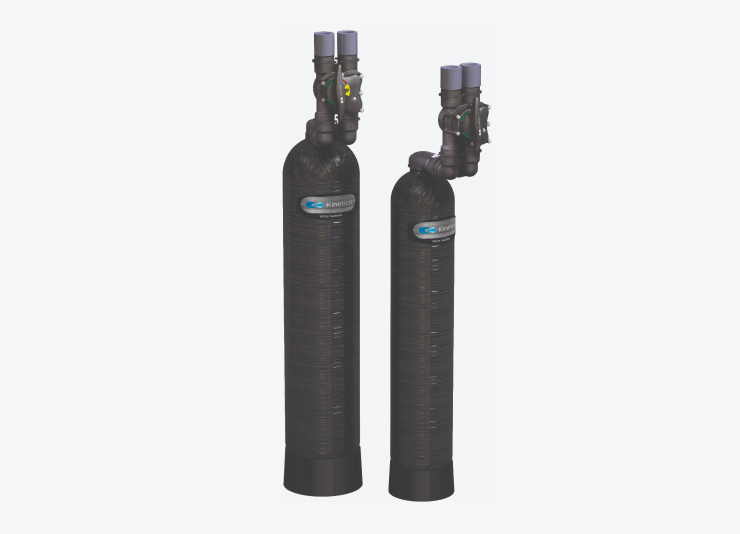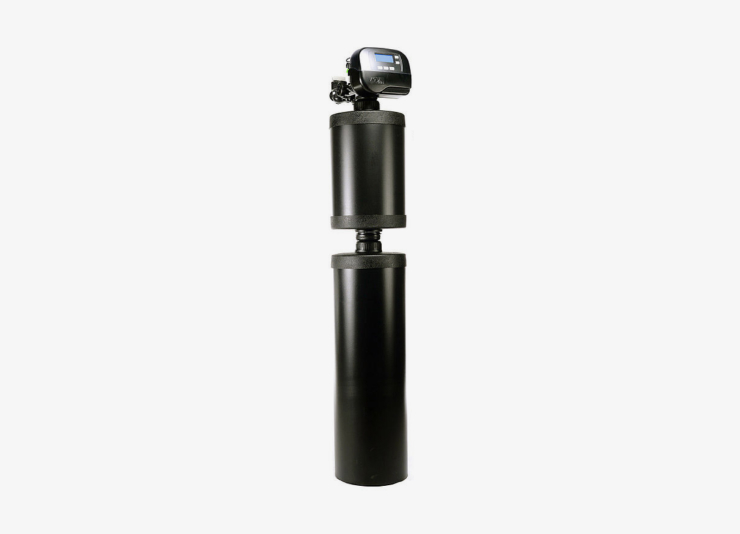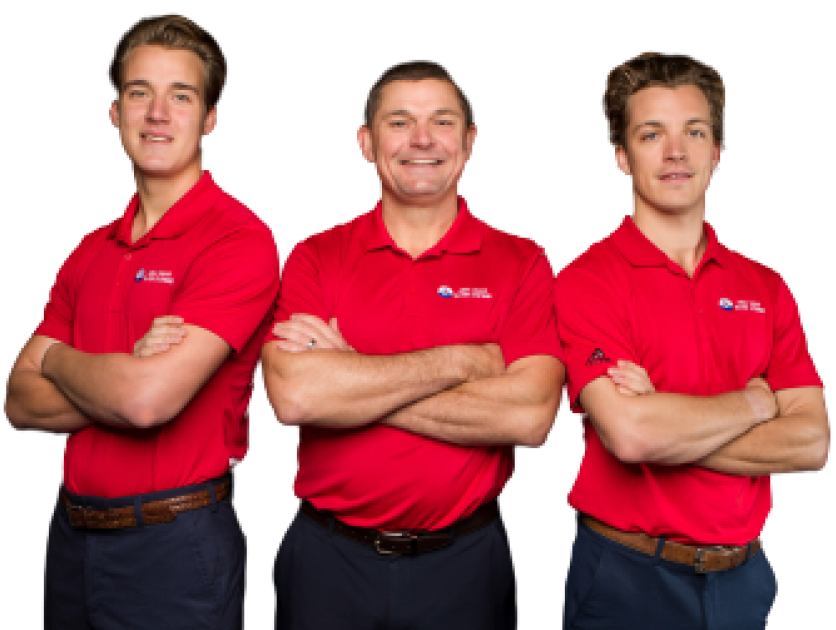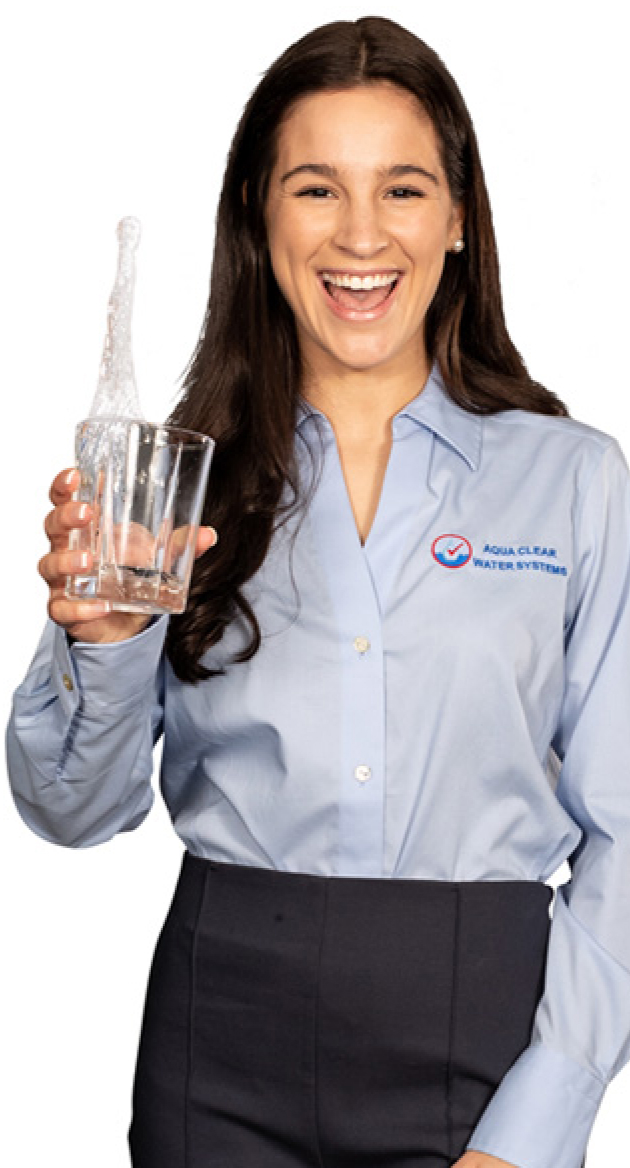A Few Considerations for Choosing a Water Softener System
If you’re buying a whole house water softener or home water systems, you’re already on the right track towards a better everyday quality of life. Water is involved in so much of what we do every day, so improving its quality makes our lives just a little comfier as a whole. But these systems can come with a fairly hefty price tag, so it’s essential to choose the right one. So, why might you go for one water softener system over another? There are a few things to account for when choosing a model, including how much water your household uses, how much installation space you have, how bad your hard water issue is, and how consistently you need soft water.

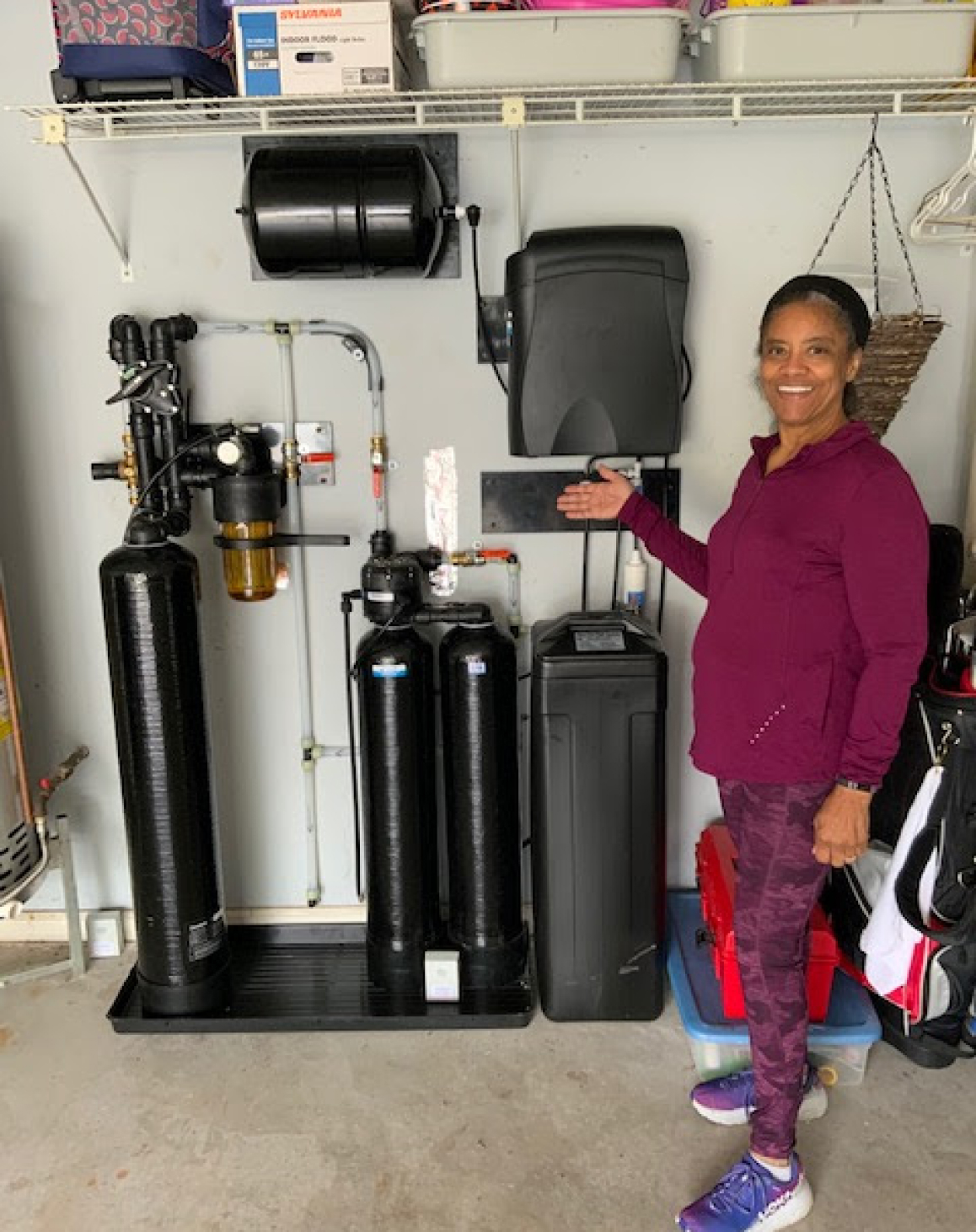
Thinking about a whole-house water softener is already a smart move. Softer water protects your plumbing and appliances, makes cleaning easier, and feels better on skin and hair. Because a softener is a long-term investment, the best choice is the one that fits your hardness level, household size and schedules, plumbing, and budget. This guide walks you through it, simply and practically.
Start with a water test
Everything else depends on real numbers. Get hardness in grains per gallon (gpg) or mg/L (divide mg/L by 17.1 to get gpg). Also test for iron and manganese (they “use up” softener capacity) and note chlorine/chloramine if you’re on city water.
Rule of thumb when sizing capacity:
- Effective grains per day = (hardness gpg + 3 × iron ppm + 1 × manganese ppm) × people × 60–75 gallons per person per day.
Example: 18 gpg hardness, 0.5 ppm iron, 4 people
Effective gpg = 18 + (3 × 0.5) = 19.5
Grains/day ≈ 19.5 × 4 × 70 ≈ 5,460 grains/day
Choose a capacity that allows regeneration every 6–8 days for salt efficiency:
- 24,000–32,000 grain units suit small households or mild hardness.
- 40,000–48,000 grain units fit average families or moderate hardness.
- 64,000+ grain units for large homes, high hardness, or iron present.
Match the system to your space and schedule
Single-tank softeners are compact and budget-friendly but can be “offline” during regeneration. Program them to regenerate at night when demand is low.
Twin-tank (dual-alternating) systems keep soft water available 24/7 by regenerating one tank while the other runs. They’re ideal for shift work households, vacation rentals, or any home that uses water at all hours.
Pick the control style
- Demand-initiated (metered) regeneration: measures actual water use and regenerates only when needed. Saves salt and water; best choice for most homes.
- Time-clock (timer) regeneration: regenerates on a fixed schedule whether you used the capacity or not. Simple but less efficient.
Understand salt-based vs. salt-free
Salt-based softeners remove hardness minerals through ion exchange. That’s true softening: no scale, easier cleaning, and that “silky” feel. They require salt or potassium and occasional maintenance.
Salt-free conditioners don’t remove calcium and magnesium; they alter how minerals behave to reduce scale adhesion. They offer low maintenance and no salt, but won’t deliver the full benefits of soft water, especially with severe hardness.
If your goal is protecting plumbing and appliances in very hard water, choose salt-based softening. If you only need moderate scale control and minimal upkeep, a salt-free conditioner can be acceptable.
Consider your water chemistry
- Iron and manganese: even small amounts foul resin and eat capacity. For iron above about 0.3 ppm or manganese above ~0.05 ppm, plan pretreatment (oxidizing filter) or select resin designed for iron.
- Chlorine/chloramine (city water): chlorine shortens resin life. A whole-house catalytic carbon filter ahead of the softener protects resin and improves taste/odor.
- pH: low pH can contribute to corrosion and can complicate iron removal. Correct upstream if needed.
Size for flow, not just capacity
Make sure the unit’s service flow rate matches your peak demand (showers, laundry, dishwasher running together). Typical targets:
- 1–2 baths: 7–10 gpm
- 3–4 baths: 10–14 gpm
- 5+ baths or body-sprays: 14–20+ gpm
Undersizing can cause pressure drop or hardness “leakage” during peak use.
Resin and build quality
- Standard 8% cross-linked resin works, but 10% resin resists chlorine better and lasts longer on city water.
- Fine mesh resin improves iron tolerance but adds pressure drop; many homes are better served with upstream iron filtration.
- Look for a full-flow bypass valve, durable brine tank, safety float, and easy-to-service control head.
Installation essentials
- Location: near the main line, drain, and power; protect from freezing.
- Plumbing: include a three-valve bypass and isolation valves. If you have a fire sprinkler loop, keep it on untreated water per code.
- Drain: regeneration discharge must go to an approved drain or sump.
- If pairing with other equipment: common order on city water is sediment → catalytic carbon → softener. On wells with iron: sediment → iron/manganese filter → softener. Add UV downstream if you need disinfection.
Ownership costs and maintenance
- Salt refills every 4–8 weeks (varies by use and hardness).
- Annual check: clean brine tank if needed, inspect injector, screens, and seals.
- Resin life: typically 10–15 years; shorter with high chlorine unless protected by carbon.
- Control valves should have readily available parts and clear warranties (aim for 5–10 years on valve/tank, 1–5 years electronics, varies by brand).
Simple buying checklist
- Lab-test hardness, iron, manganese, chlorine/chloramine.
- Calculate grains/day and target 6–8 days between regenerations.
- Choose metered control; single-tank for simplicity or twin-tank for 24/7 soft water.
- Match peak flow to your bathrooms and fixtures.
- Add pretreatment if you have iron/manganese; add catalytic carbon if on chlorinated water.
- Verify install space, drain, electrical, and code requirements.
- Confirm warranty, local service, and salt efficiency settings.
Quick answers to common questions
Do I really need a softener?
If hardness is above about 7 gpg, you’ll see scale on fixtures, reduced appliance efficiency, dingy glassware, and more soap use. A softener pays for itself through longer appliance life and lower energy use.
How much salt will I use?
A properly sized, demand-initiated softener typically uses 6–10 lbs of salt per regeneration. With efficient settings and a 6–8 day interval, many families go through 1–2 bags per month.
Will a softener remove chlorine or bad taste?
No. Pair a whole-house catalytic carbon filter to reduce chlorine/chloramine and protect the resin.
What if I have iron in my well?
Over about 0.3 ppm, plan an iron filter ahead of the softener. Relying on the softener alone leads to fouled resin and frequent service.
Single-tank vs twin-tank, what’s best?
Single-tank works well for most homes with predictable schedules. Twin-tank systems keep soft water available during regeneration and are great for high or round-the-clock demand.
How long does a softener last?
With proper pretreatment and maintenance, 10–20 years. Resin typically lasts 10–15 years; control valves and tanks often longer.
What size should I get?
Use your grains/day calculation and select a capacity that regenerates about weekly. As a very rough guide:
- 1–2 people, mild hardness: 24k–32k
- 3–4 people, moderate hardness: 40k–48k
- 5+ people or higher hardness/iron: 64k+
Ready for help sizing and configuring a system for your home? We can test your water, design the right stack (carbon, softening, iron/odor control, UV or RO if needed), and install it so you get soft water with great pressure and low upkeep.
How do I know what water softener I need?
Start with a water test to measure hardness (grains per gallon), iron, and manganese. Then calculate daily grain removal needs: (hardness + 3 × iron ppm + 1 × manganese ppm) × household gallons per day (≈60–75 per person). Pick a system that regenerates every 6–8 days. For example, a family of 4 with 15 gpg hardness will typically need a 40k–48k grain unit.
What is the difference between 64,000 and 48,000 water softeners?
Both sizes use the same technology but differ in capacity. A 48k unit suits medium households (3–5 people) with moderate hardness. A 64k unit has more resin, handles higher hardness levels or larger families (5+), and regenerates less often. The tradeoff is higher upfront cost and larger physical size.
What should I know before buying a water softener?
Test your water for hardness, iron, and chlorine.
Size capacity correctly to avoid frequent regenerations.
Check your plumbing flow rate and peak household demand.
Know if you want salt-based softening or salt-free conditioning.
Budget for salt, service, and potential pretreatment (carbon or iron filter).
Look for a warranty and local service support.
Is a 1″ or 3/4″ water softener better?
It depends on your plumbing. If your home has 1″ main lines, choose a 1″ softener valve to avoid bottlenecks and pressure loss. A 3/4″ softener is fine for small homes with 1–2 baths. Larger families or homes with multiple bathrooms should use a 1″ valve for adequate flow.
How big of a water softener do I need for a family of 7?
A family of 7 typically needs at least a 64,000 grain system, sometimes larger if hardness is over 15 gpg or if iron is present. At that size, a twin-tank system may be more efficient because it ensures constant soft water even during regeneration.
What is the best water softener brand?
There isn’t a single “best” brand, it depends on your water quality and service availability. Industry leaders include Kinetico, Culligan, Fleck, and Clack for reliability. The best brand is the one that matches your water chemistry, is sized correctly, and has local support for installation and maintenance.
How to tell if your water is too soft?
Water that’s “too soft” can feel slippery or “silky” in the shower. Laundry detergent may feel harder to rinse, and soap may take longer to wash off. While not harmful, it usually means the softener is set to remove every trace of hardness. Adjusting settings to leave 1–2 gpg residual hardness can reduce that sensation.
What is the difference between 30k and 45k water softeners?
Capacity. A 30k system is ideal for small households (1–2 people with moderate hardness). A 45k system is built for medium households (3–4 people with moderate to high hardness). Larger capacities reduce how often the system regenerates, saving salt and water.
Is it bad to buy too big of a water softener?
Oversizing isn’t dangerous, but it can cause problems if the resin bed doesn’t get fully regenerated because you’re not using enough water. This leads to resin fouling over time. Slight oversizing for growth or heavy water use is fine, but don’t double or triple your needs unnecessarily.
What is the best softener in the market?
For heavy-duty and efficient performance, premium twin-tank systems like Kinetico or Fleck-based demand-initiated units are often rated highest. The “best” is the one that balances capacity, durability, salt efficiency, and service support for your home.
Are cheap water softeners worth it?
Budget softeners may work short-term but often have weaker resin, less efficient valves, and shorter lifespans. They might save money upfront but cost more in repairs, salt use, or early replacement. If possible, invest in a mid-range or premium system, it usually lasts twice as long and is more cost-efficient over time.
How Much Space is There for a Softener System?
This is a basic one, but it can be a big issue in particular for families in smaller homes: Do you have enough space to install a water softener? These systems come in both single-tank and multi-tank models. If your model also doubles as a filtration system, you might have additional components that take up even more space. As a whole, they’re not huge, but they do need space to fit into your home.
Now, making space might not be a ton of trouble if you’re not worried about money, but if you’re on a budget, that can be troubling. For instance, if you’re trying to buy a multi-tank system but don’t quite have enough room for it, you might need contractors to tear down a bit of all to make that room. That can cost money that you weren’t planning on spending.
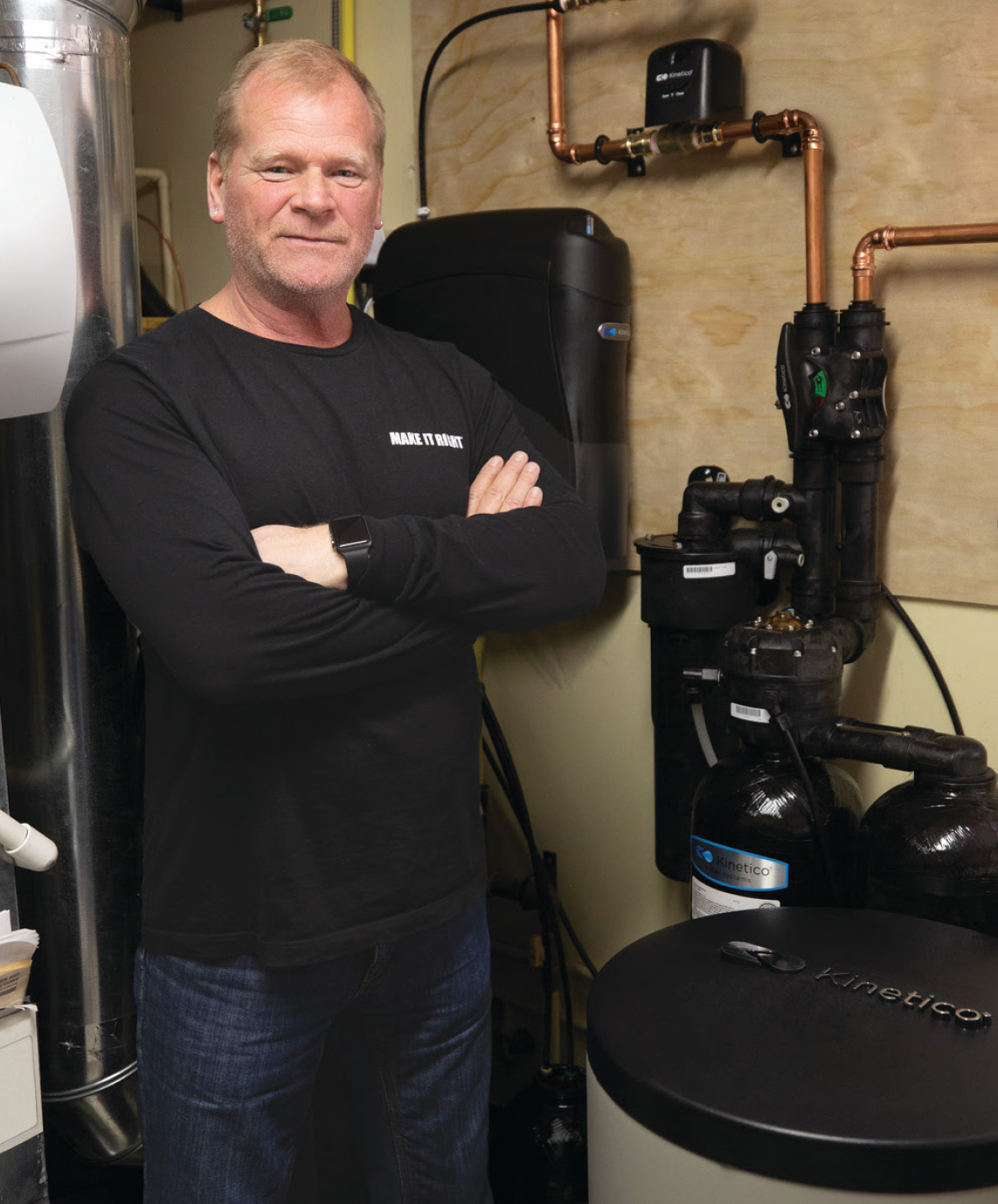
2: When is the Water Being Used?
You’ll also want to consider your schedules when browsing models. You see, softener systems need a regeneration period every so often to self-clean, using salt to remove the excess minerals that they’ve pulled out of your water. During those regeneration periods, the tanks in water softeners can’t perform as normal, so softened water is temporarily unavailable. That’s the case with single-tank systems, at least; multi-tank systems can regenerate each tank separately, so one tank is always available to soften water, 24/7.
Usually, a single-tank system can be set to regenerate at night, when it’s less likely that people will need softened water. However, if your family has a wide range of schedules, that might be a problem. If one of you works the night shift or prefers a late shower, that might get in your way.
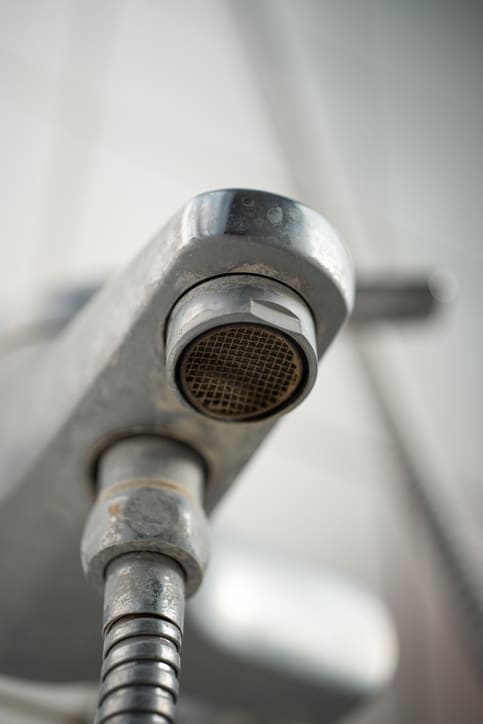
3: How Hard is the Water?
Different water systems such as water cleaning systems for home are designed to combat different levels of hardness. It’s important to know just where your water sits on the spectrum before purchasing. You don’t need a professional or a test to determine that, although plenty of companies offer both. You can get a decent idea of where your water sits just by observing the symptoms.
For instance, are you only noticing some moderate scale buildup in your sinks and showers? If that’s the only sign of hard water, you can most likely go with a lighter model. On the other hand, you might be seeing staining or fading on your clothing. You might notice a metallic taste to the water. Your hair and skin might be persistently dry. If that’s the case, your hard water problem is severe, and you’ll want a heavier duty system to help!

$200 OFF Any Water System Installation
You’re one step closer to your water solution!
*Cannot be combined with any other offer
